As the saying goes, “fail to prepare, prepare to fail”.
Never is this idiom better applied than in workplace meetings, where unprepared participants, unclear objectives and time-wasting topics can be very frustrating.
The key to ensuring your meeting goes to plan is creating an effective agenda, which sets clear expectations for what will occur during the meeting.
Here are our top tips for ensuring your meeting achieves its goals and runs to plan:
- Divide time into different topics
Apportioning the meeting time into allocated segments helps keep the session on track, and helps identify when each discussion is complete. If a problem or unexpectedly time-consuming issue is raised, a properly laid out agenda lets the team address it effectively. - Be realistic about how much time each topic will require
Prioritise items into ‘essential’ and ‘extra’ categories – if you have time to move onto the extra ones that’s great, but at least you will have covered the fundamental ones if time is short. - Seek input from all parties
What topics will you cover? For internal meetings, ask your team members to contribute items for the agenda beforehand. When leading a meeting with clients, politely giving them opportunity to suggest pressing matters ensures all parties discuss what they want. - Allow your attendees to prepare
Sending out the agenda in advance of the meeting helps all participants get ready. Ensure you specify if people need to do anything beforehand, such as research, or bring particular documents with them. - Make point one to “review and modify agenda”
Things can change between the agenda being written and the meeting taking place. Taking three minutes to check if anybody has any significant changes to make, scrub out irrelevant topics and react to breaking events will ensure meeting time is used wisely. - Lead the meeting
Don’t forget it’s your job to move people along if they get caught up on something that could be finalised at a later date. Identifying when a point has been sufficiently completed is important to prevent wasted time or unclear decisions. Try summing up after each point with, “so the conclusion we have come to is…” - Note actions as well as topics
Nothing is more frustrating than leaving a meeting and realising you didn’t decide what to do next. What decisions need to be made today, in this meeting? Put a star next to agenda items which need a definitive choice, conclusion or solution in this session. Make sure the person responsible for actioning the decision is aware of the choice made, by affirming who should do what.




